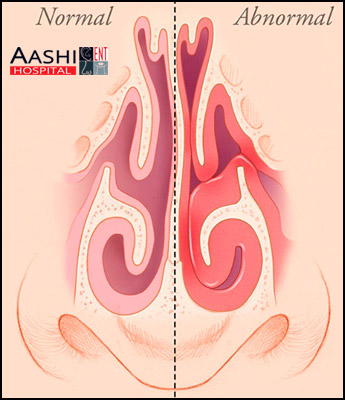Turbinate Trimming and Diathermy: Procedure, Results, Cost, Price
- The turbinates are the thick ‘shelves’ on each side of the nasal cavity. They have a bony centre covered by a thick membrane.
- The lowest turbinate can become persistently swollen because of inflammation (rhinosinusitis), and your nose may become blocked. If nasal sprays do not work, the nasal airway can be unblocked by removing part of the turbinates.
- The operation is often performed as a day-case procedure under general anaesthetic, and takes about 10 minutes.
- The turbinates are trimmed away using a special pair of scissors via the nostril. This procedure is called turbinectomy. Nasal packs are used for a few hours.

- Occasionally, it is necessary to stay in the hospital overnight if there is a lot of bleeding, and the packing may have to stay in place. Normal activities can usually be resumed after about a week.
- Diathermy is an alternative to turbinectomy and is more appropriate for children. Heat is used to reduce the size of the turbinate. Increasingly, this procedure is being performed by laser, with good results. It can be carried out under local anaesthetic as a day-case procedure. Although the size of the turbinates may not be reduced as much as with turbinectomy, it may be enough to allow medication to get into the nose more effectively. Normal activities can usually be resumed the next day.

